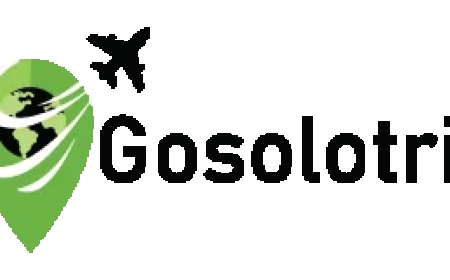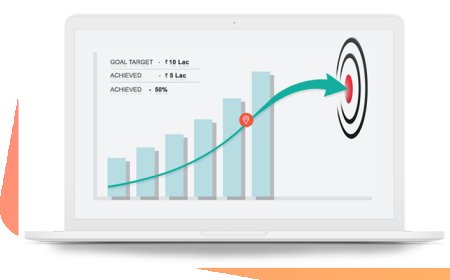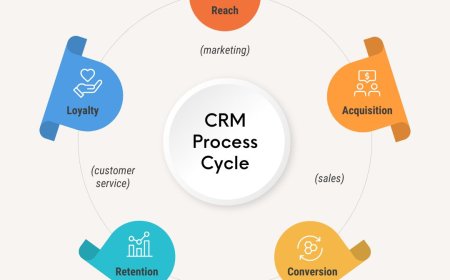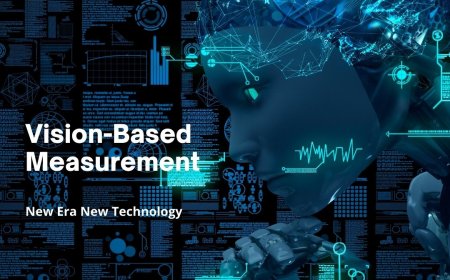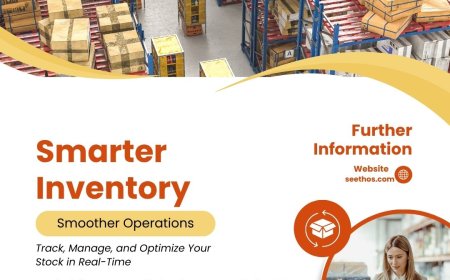The Role of Geospatial Data Services in Modern Urban Planning
Accurate geospatial data services that enhance mapping, analysis, and decision-making for industries like urban planning, agriculture, and defense.

Urban planning has evolved dramatically in recent decades, driven by rapid population growth, increasing urbanization, and the growing complexity of city infrastructure. Traditional planning methods based on static maps and manual surveys often fall short when addressing the dynamic needs of modern cities. Today, geospatial data services have become indispensable tools for urban planners, offering detailed, accurate, and real-time spatial information that drives smarter decision-making.
This article delves into how geospatial data services are transforming urban planning processes, enabling more sustainable, efficient, and resilient cities.
Understanding Geospatial Data Services
Geospatial data services refer to the collection, processing, analysis, and visualization of geographic information. These services harness satellite imagery, aerial photography, GIS (Geographic Information Systems), sensor data, and other location-based information to create detailed spatial datasets.
Beyond mere data collection, geospatial data services include data annotation, integration, and management to produce actionable insights. For urban planners, this means access to layered maps showing infrastructure, population density, land use, transportation networks, environmental factors, and more.
The Importance of Geospatial Data in Urban Planning
Urban environments are complex systems influenced by diverse factors such as demographics, natural resources, transportation, zoning laws, and social needs. Accurate spatial data is essential for planners to understand these interdependencies and develop effective policies.
Geospatial data services provide the foundation for:
-
Informed Land Use Planning: Understanding current land utilization patterns and identifying optimal areas for residential, commercial, and industrial development.
-
Infrastructure Development: Mapping existing utilities and transportation routes to plan upgrades or expansions efficiently.
-
Environmental Impact Assessment: Monitoring natural resources, green spaces, and pollution levels to support sustainable development.
-
Disaster Preparedness: Analyzing risk zones for floods, earthquakes, or other natural disasters to improve resilience and emergency planning.
-
Public Services Optimization: Enhancing the delivery of services like healthcare, education, and waste management by spatially aligning resources with population needs.
How Geospatial Data Services Enhance Urban Planning Workflows
1. Real-Time Data Collection and Analysis
Advancements in satellite technology, drones, and IoT sensors allow cities to gather real-time geospatial data. This immediacy enables planners to monitor traffic flows, construction progress, or environmental changes as they happen, facilitating agile responses.
For example, traffic congestion can be analyzed dynamically to optimize signal timings or plan new transit routes. Similarly, real-time air quality data informs policies to mitigate pollution hotspots.
2. Integration of Multi-Source Data
Modern urban challenges require combining data from various domains. Geospatial data services enable integration of demographic statistics, economic indicators, and spatial data to form a comprehensive picture.
This multi-layered analysis supports scenario modeling, allowing planners to test the impact of new developments or policies before implementation. It reduces costly errors and supports evidence-based decisions.
3. Visualization and Stakeholder Communication
Visual maps and 3D models generated through geospatial data services are powerful communication tools. They help translate complex data into understandable formats for government officials, community groups, and developers.
This transparency fosters collaboration, helps garner public support, and facilitates regulatory approvals by clearly illustrating project benefits and potential concerns.
Challenges in Applying Geospatial Data Services to Urban Planning
Despite the clear benefits, several challenges must be addressed:
-
Data Quality and Consistency: Urban planning relies on high-accuracy data. Discrepancies or outdated information can mislead decisions. Ongoing data validation and annotation are critical.
-
Data Privacy and Security: Handling location data entails privacy concerns, requiring secure data management and compliance with regulations.
-
Technical Expertise: Urban planners must have or collaborate with experts proficient in GIS and data analysis to fully leverage geospatial services.
-
Integration Complexity: Merging diverse datasets from multiple agencies can be technically challenging and requires standardized data protocols.
Emerging Trends: GenAI and the Future of Urban Planning
The integration of generative AI (GenAI) technologies is revolutionizing administrative workflows within urban planning and beyond. By automating routine data processing, report generation, and predictive analytics, GenAI accelerates planning cycles and enhances accuracy.
A relevant parallel can be drawn from developments in defense technology, where GenAI is transforming administrative workflows in defense tech by streamlining complex data management tasks and improving decision-making speed. The urban planning sector stands to gain significantly by adopting similar AI-driven efficiencies, further powered by robust geospatial data services.
Practical Applications of Geospatial Data Services in Urban Planning
Smart City Development
Geospatial data services enable the design of smart cities equipped with interconnected infrastructure and efficient resource management. Real-time spatial data supports traffic management systems, energy grid optimization, and enhanced public safety networks.
Sustainable Urban Growth
Cities can leverage geospatial analysis to balance development with environmental preservation. Identifying critical habitats, green corridors, and flood plains helps maintain ecological integrity amid urban expansion.
Conclusion
Geospatial data services are no longer optional tools but foundational elements in modern urban planning. They empower planners to make informed, data-driven decisions that enhance city resilience, sustainability, and livability.
As technology advances, combining geospatial data with AI-driven insights promises to further transform urban planning workflows, enabling faster, more transparent, and more effective development strategies.
Urban planners and policymakers embracing these capabilities can expect to build smarter cities ready to meet the challenges of tomorrows urban landscape.







